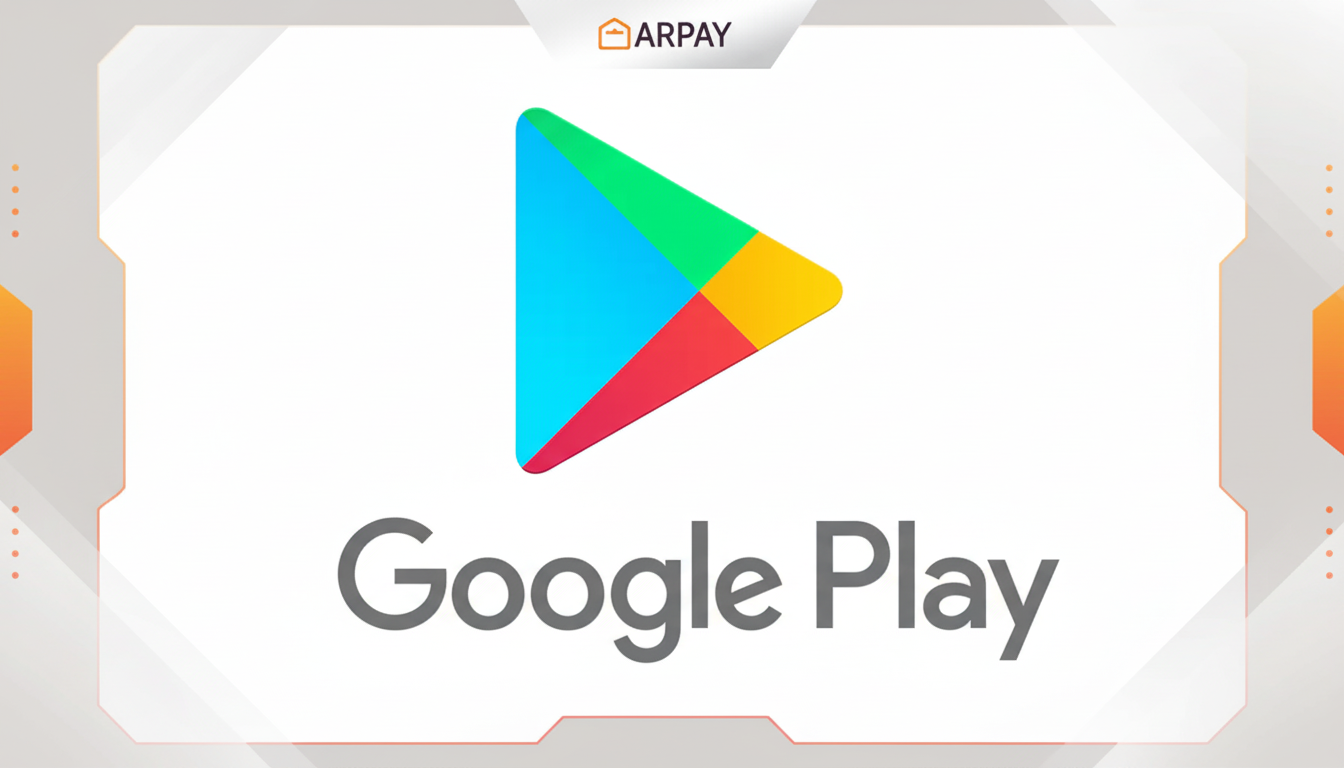Google is loosening its controls on Android app distribution and billing in the United States; it announced developers would be able to opt to use outside payment systems, and even steer people from their apps’ Play Store–hosted editions. A federal court issued an injunction following the Epic Games platform antitrust case, and it is the most meaningful change that Google has made since the Play Store rules were redefined.
So, what changes for users? First of all, Android users in the U.S. will begin to find explicit links in apps directing them to external websites, alternative app stores, or merchant purchase pages. This means more payment options, including Google Play Billing, credit cards processed by a publisher or vendor, PayPal, or a merchant checkout.

On a practical side, it might look like lower costs or promotional packages that developers have traditionally ignored on Play because the service fee could not accommodate them. For example, if a streaming or gaming app wants to give a rebate only on the app’s site, users can now access it from the Play Store, since Play previously did not allow steering. This applies only to U.S. app use. Outside the United States, Google policy remains in place, and other special rules for regions are issued under the law.
The federal injunction stems from Epic Games’ lawsuit alleging that Google retained an unlawful monopoly over Android app distribution and in-app purchases. A jury determined that Google’s conduct was anticompetitive, and the judge’s ruling addresses that friction at its core: the nexus and de facto bundling of distribution levers and billing restrictions, particularly banning apps from steering toward alternative payment processors. The order requires Google to allow developers to notify users outside of Play about better prices and availability, and to provide conspicuous links to those options; it also prohibits retribution against apps that opt to use alternative billing. Importantly, the remedy is U.S.-focused and temporary.
What can developers do now?
They can advertise and cross-link to their own stores, their partner marketplaces, or authorized downloads, meaning they can also route transactions through any payment processor of their choosing. This opens a set of strategies that has long been proposed by companies heavily reliant on the long-term value of a user, such as subscription services, and promises to fundamentally restructure the app “commerce funnel”: sign up users in the app, then urge them to check out on the web, possibly paying less in total.
- A music streaming service can market a lower web price in-app and can now transact directly with the user.
- A game developer could provide a link to a standalone app launcher or an alternative store and sell in-game currency at a discount.
- An education app could direct a student’s family to a school purchasing portal that offered agreed-upon pricing.
To date, Google’s User Choice Billing experiment remained limited to a small group of companies and narrowly allowed developers in specific markets to reduce its standard 30% fee to 26% or 25% when using an alternative processor. The injunction effectively sidesteps that controlled experiment and allows for unrestricted steering and payment freedom in the United States, becoming one of the most extensive app payment policy experiments ever.
Pricing and competition outlook amid new U.S. policies
Play Store fees topped out at 30% for most transactions in the past, with 15% tiers for small developers and subscriptions. Now, with the opportunity to transact outside Play, companies are more likely to pass savings on to customers — or to invest in acquisition, content, and support. Price experiments are expected. Subscription apps will promote web-only intro rates or off-platform-only loyalty discounts, while game publishers will offer top-ups larger than usual at the standard price. This “web price parity” phenomenon, already seen on other platforms for years, at least in the U.S., would likely become normal on Android.

The bigger strategic change is competitive. Allowing steering reduces platform billing’s “stickiness” and forces Google to win developer share based on service quality, discovery, fraud tools, and conversion rates, rather than just platform-level policies. To give a sense of scale, StatCounter estimates Android accounts for just under 70% of all mobile phones globally; even a minor U.S. shift could have an outsized effect on developer roadmaps.
Safety and trust still matter for Android users
Google states that user trust and safety are still paramount, listing underlying principles meant to deter scams and harmful apps. Expect ongoing Play Protect reviews, prominent off-platform warnings, and rules on how links are shown to reduce dark patterns. The company will also release application requirements to maintain openness and tools.
Security researchers often acknowledge that steering to external checkout, if poorly implemented, exacerbates phishing risk. Reputable developers that want to differentiate will need to standardize secure flows, recognizable domains, and multifactor options to maintain user trust while reaping the benefits of lower fees.
What to watch next in the U.S. Android app ecosystem
Three questions will define the impact.
- Do the prices consumers pay actually drop and, if yes, by how much vis-à-vis the traditional 15%–30% take rates?
- Do large brands adopt aggressive external checkout strategies at scale or opt for Play due to convenience?
- How does Google refine discovery, billing perks, and compliance tools to maintain developers’ interest?
In the short run, watch high-profile apps and game studios to be first movers, especially those with strong direct billing infrastructures and the marketing muscle to bring users through their own acquisition funnels. Over the long run, the changes could shift how value flows through the Android ecosystem in the U.S., with more user choice and real pricing tension for the platform.

